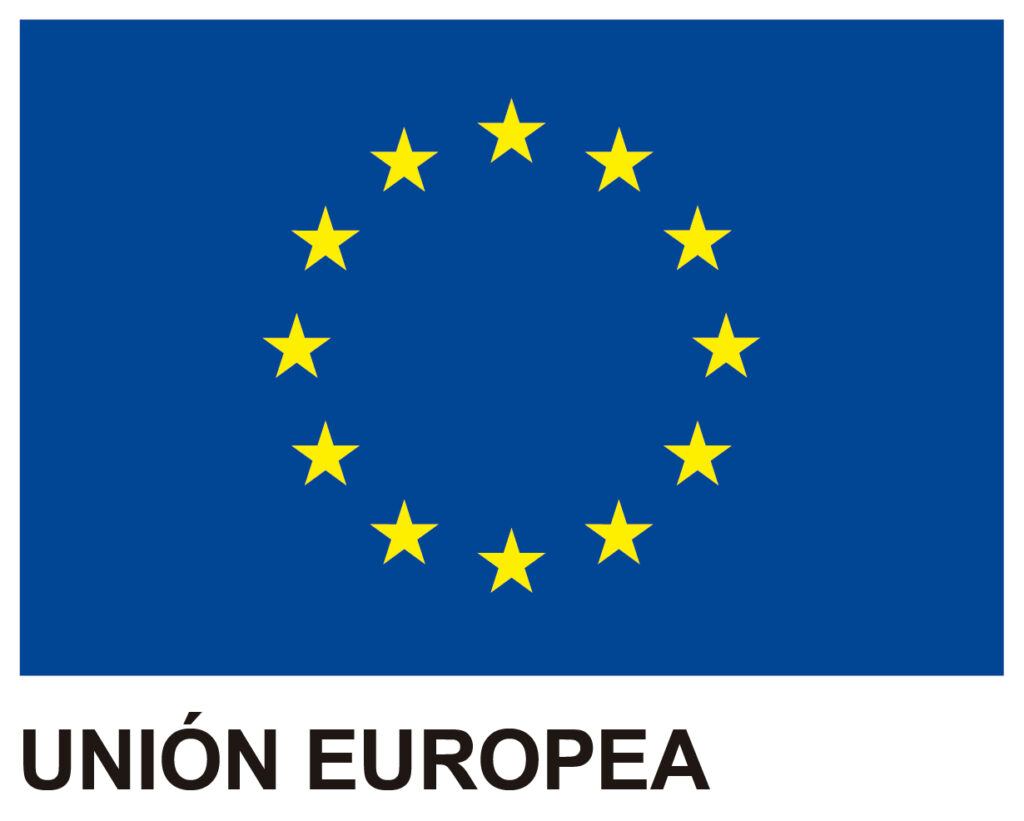What is GRC?
First of all, and before getting into the subject, for those unfamiliar with the term GRC (Governance, Risk and Compliance), we will explain the meaning of its acronym.
GRC is the grouping of three critical areas in companies (Corporate Governance, Risk Analysis and Management, and Regulatory and Legal Compliance) into a single management model.
- Corporate Governance is a combination of policies, processes, and actions established by the company’s management and used by the board of directors to achieve set goals.
- Risk analysis and management is the part where different risks to which a company is exposed are taken into account: operational, financial, strategic, technological, legal, among others. The assessment of these risks is carried out considering the impact and probability of occurrence of each of them. The resulting risks are subsequently controlled through controls or compensatory measures.
- Regulatory and legal compliance refers to the control of mandatory legislation (laws such as GDPR, PIC Law, banking regulations (PSD2), and other regulations) and voluntary standards and regulations (corporate policies, ISO standards, good practices in risk management, etc.) in which the company operates.
Everything becomes very complicated without compliance software.
What Does GRC Software Allow Me to Do?
At the most basic level, a GRC solution allows organizations to:
- Monitor and coordinate corporate policies and controls.
- Examine and evaluate the organization’s risks of any kind, considering those that may affect business objectives.
- Map and relate controls to internal and regulatory compliance requirements.
These solutions introduce automation of various processes, which helps increase their efficiency and reduce the complexity of operations.
What Steps should a Company Follow to Implement GRC?
- Prior analysis of the organization’s situation.
It is essential to analyze and measure the company’s maturity level. This evaluation will allow identifying areas for improvement to achieve a fully integrated GRC system.
- Planning and defining the project scope.
The project scope must be agreed upon according to the previous analyses carried out, and knowing the organization’s current state and the desirable level it seeks to achieve. This scope should decide, among other aspects, the process map to be incorporated, the risk management policy along with the types of risks to be added to the GRC system, the compliance standards to be taken into account, as well as the area or team responsible for the centralized management of the system.
- Implementation and realization of the model with GRC software.
After defining the scope and, therefore, establishing the general GRC framework to be implemented, it’s time to get to work to carry out the implementation of the model. All the aspects mentioned in this article are interrelated, so having GRC software is very beneficial to achieve model automation, which results in better management and maintenance over time.
- Monitoring and continuous improvement of the model.
The GlobalSUITE® platform helps you to have better monitoring of the implemented measures as it is the axis and center of compliance management, also allowing the evaluation of the success of each of the implemented actions. This monitoring is key to implementing new improvements and perfecting the systems.
Benefits of Implementing your GRC Strategy with Software like GlobalSuite®
- Turn risk management into a competitive advantage for your company
- Time savings and optimization throughout the compliance process
- Different modules that allow all management systems to share common processes and information, thus taking advantage of the synergies already established in each phase and facilitating their integrated implementation and maintenance.
- The software is much more than a GRC, it contains modules for Security, Business Continuity, Service Management, Dashboards, etc. to be able to trace, automate and centralize the tasks of your organization.
- Being a web platform (SaaS or On-premise), it makes it a collaborative tool between team members or between different users of the same system. Helping to simplify user tasks.
- Different licensing modes, which allows adapting the platform to the needs of each organization.
- The high security offered by the platform guarantees the Confidentiality, Availability, and Integrity of the information managed through a GRC tool.



